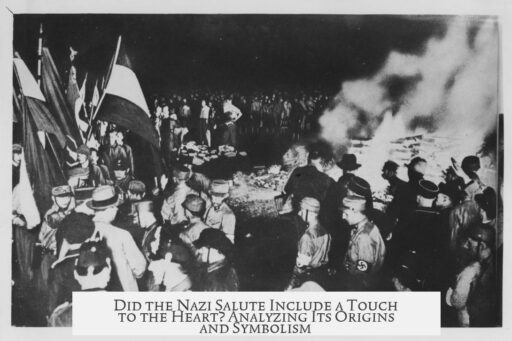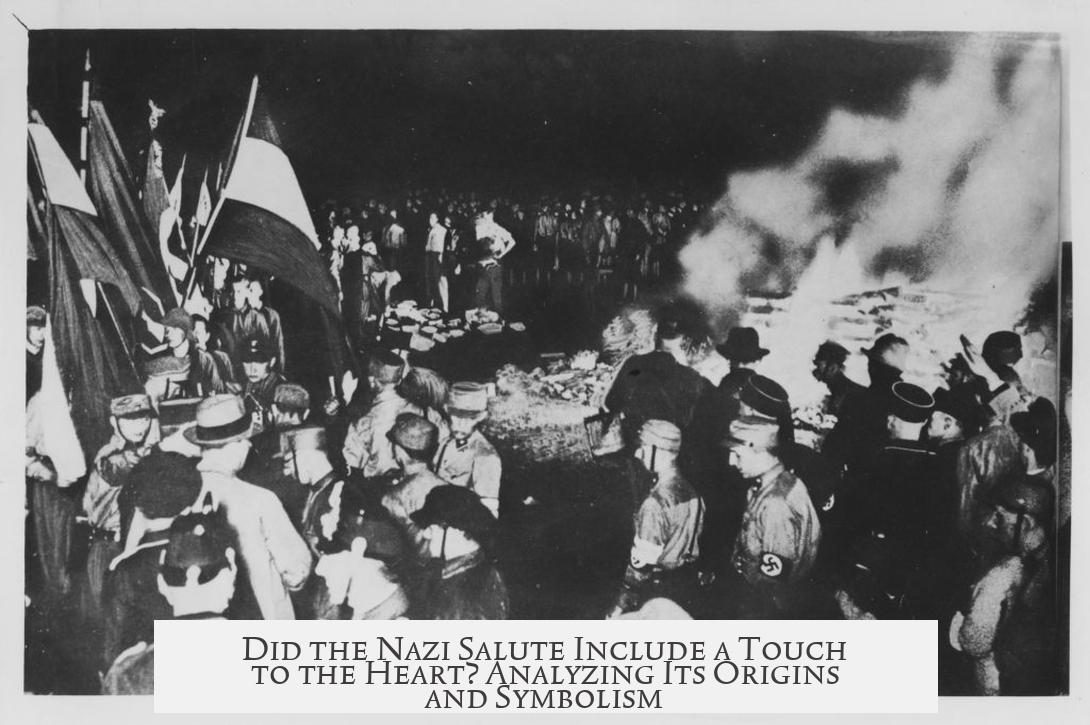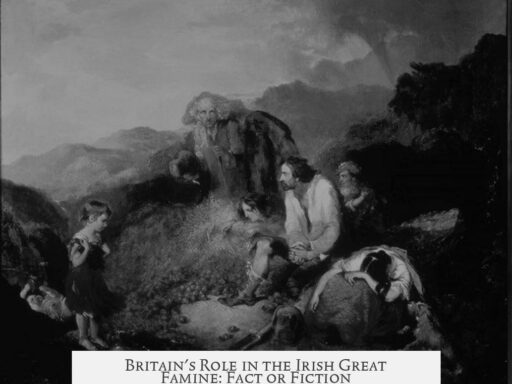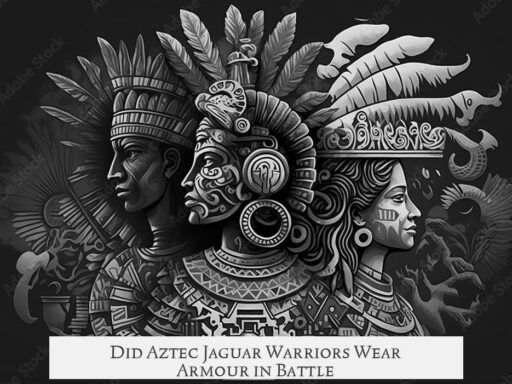The Nazi salute did not include a touch to the heart. It originated from the Italian Fascist salute, known as the “Roman salute,” which itself was a modern gesture and not an authentic ancient Roman practice. The salute involved raising the right arm outstretched at an angle, palm facing outward, without any hand placement on the chest or heart.
The Nazi salute’s inspiration partly came from artistic and ceremonial signs of oath-taking, such as the 1784 painting “Oath of the Horatii” by Jacques-Louis David. These symbolic gestures expressed loyalty but did not involve touching the heart. Historical records and official Nazi protocols confirm that the salute was a raised arm gesture only.
On 13 July 1933, the Minister of the Interior ordered the salute to become an official greeting. Official documentation described it as “raising the right outstretched arm at an angle with the inside of the palm visible.” There is no mention of a hand touching the chest or heart in this or any other formal description.
Some variations of the salute existed. For example, individuals missing a right arm or women in certain situations could use the left hand. When saluting someone of lower rank, the forearm might be raised with the palm pointing upwards. Civilians sometimes bent their arm or varied the angle. However, none of these exceptions included or allowed a touch to the heart.
| Aspect | Details |
|---|---|
| Origin | Italian Fascist salute; modern creation |
| Gesture | Right arm outstretched, palm visible |
| Touch to chest/heart | No evidence or official mention |
| Variations | Use of left arm; arm bending; no hand on heart |
- The Nazi salute is strictly a raised-arm gesture without chest contact.
- Its design is traced to modern Italian Fascism, not ancient Roman rites.
- Official Nazi instructions specify an outstretched arm, no hand placement on the heart.
- Variation in salute style did not include touching the chest or heart.
Did the Nazi Salute Include a Touch to the Heart? Unpacking the Truth
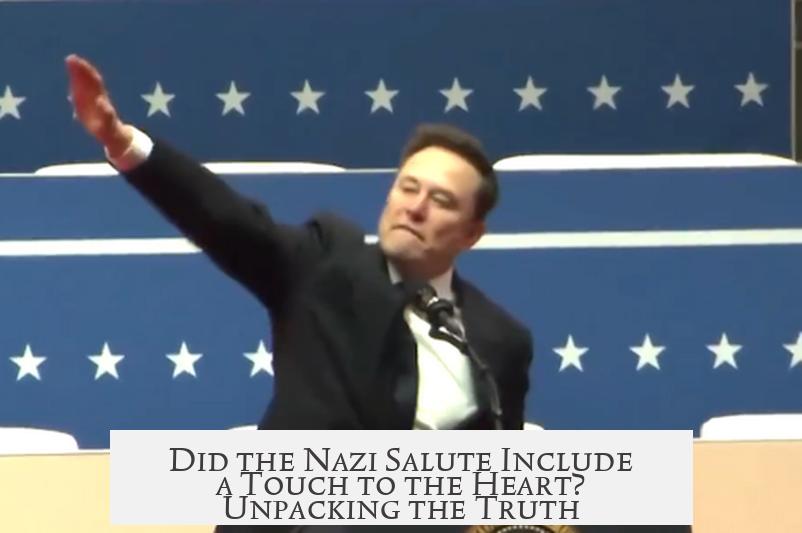
Simply put, the Nazi salute did not include a touch to the heart. This question often pops up, perhaps fueled by movies or misconceptions, but historical evidence paints a clear picture: the gesture involved an outstretched, raised arm, palm visible, with no hand touching the chest or heart.
So, where does this myth come from? And what exactly was the Nazi salute? Let’s break it down.
Origins: From Italian Fascism to the Third Reich
The Nazi salute didn’t just pop out of thin air. Its roots trace back to the Italian Fascists, who adopted what is commonly called the “Roman salute.” However, don’t let the name fool you—it’s not a direct ancient Roman tradition. Scholars widely agree this “Roman salute” is a modern invention, popularized in art and later political movements.
Unlike some Hollywood portrayals—where heroes or villains clutch their hearts during a salute—the original Nazi salute was purely about raising the right arm. There was no hand fluttering toward the chest or heart involved in either Italy or Germany’s versions.
The Artistic Spark: Oath and Pledge in Paintings
If you peek behind the curtain, the salute’s inspiration likely comes from artistic depictions of loyalty and oath-taking. For instance, Jacques-Louis David’s famous 1784 painting “Oath of the Horatii” shows men extending their arms in solemn promise—but without placing hands on their hearts.
This symbolic gesture conveyed unity and commitment, but again, it never included touching the chest. No Roman soldiers or citizens practiced a handshake-on-heart salute—at least, not in any official or widespread manner.
Official Nazi Regulations: What the Books Say
On July 13, 1933, Nazi Germany’s Ministry of Interior officially mandated the salute as a compulsory greeting. The document clearly describes the movement as raising the right arm outward and upward, with the palm visible. None of the official paperwork or ceremonial guides mention placing the hand on the chest.
So, the salute’s signature move was an outstretched right arm at an angle, signalling allegiance—not a heart-touching gesture like a modern military salute or a pledge of allegiance you might see in other nations.
Variations, Exceptions, and Misinterpretations
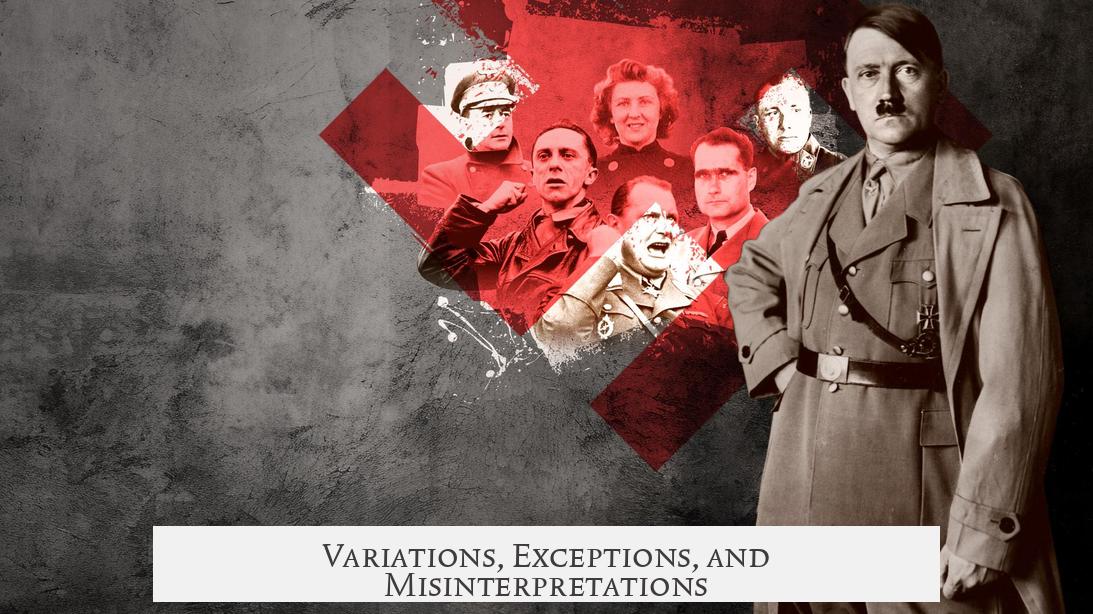
Sure, people aren’t robots. Historical footage and eyewitness accounts show that civilians and officials sometimes modified the salute. Some bent their arm slightly. Others just raised the forearm when greeting someone lower in rank.
Women holding hands or those missing a right arm were allowed to perform the salute differently. But despite these variations, there is no record of anyone officially or commonly touching their heart during the salute.
Think of it like signatures: while everyone has their unique pen strokes, the core elements remain consistent. In the Nazi salute’s case, that core was the rigid, raised arm—not a hand-to-heart motion.
Why Does This Matter?
Understanding the precise nature of historical symbols is crucial. The Nazi salute represents more than a pose—it embodies the ideology and control exercised by the regime. Misrepresenting it with a touch to the heart might soften or distort its true, chilling symbolism.
Moreover, some societies use a hand-over-heart gesture as a symbol of loyalty and respect, such as in the US when reciting the Pledge of Allegiance. Mixing that innocent sign with something much darker complicates cultural memory and public understanding.
Practical Takeaway: How to Recognize the Nazi Salute
- Arm Position: Right arm, fully or nearly fully extended and raised above shoulder or at an angle.
- Palm: Visible, facing downward or slightly inward.
- No hand movement to the chest: The hand never touches the heart or chest in official practice.
- Variations: Allowed in some cases for physical constraints, but never involving touching the heart.
If you encounter references to Nazis “touching their hearts” during the salute, treat it skeptically. Most likely, it’s based on misunderstanding or artistic license rather than historical fact.
In Closing: The Nazi Salute as a Symbol
This salute remains a powerful symbol of a dark chapter. It’s a reminder of how gestures can carry heavy meanings shaped by history and culture. By knowing the facts, we honor the victims by correctly representing history—not distorting it.
So next time someone wonders if the Nazi salute involved a touch to the heart, you can tell them confidently: the gesture is about an extended arm, not a hand on the chest. History’s truth is often less dramatic—but all the more important.
If you’re fascinated by the layers behind historical symbols or want to combat misinformation, learning the origins and authentic descriptions is a solid start. After all, clarity is the best defense against misunderstanding.
Did the Nazi salute ever include a touch to the heart?
No, the Nazi salute never included touching the heart. It was performed by raising the right arm outstretched with the palm visible, without any contact to the chest.
Where did the Nazi salute originate from?
The salute was based on the Italian Fascist salute, which itself was a modern creation. It drew inspiration from artistic depictions of oath-taking, but not from any ancient Roman gesture involving the heart.
Were there variations of the Nazi salute involving the heart?
Although variations existed—such as using the left hand or bending the arm—none included touching the heart. Official regulations and historical records do not mention any such practice.
What did the official Nazi salute look like according to regulations?
The official salute was made by raising the right arm outstretched at an angle with the palm facing outward. This definition made no reference to touching the chest or heart.
Is there any historical or artistic evidence supporting a hand-to-heart gesture in the Nazi salute?
No evidence exists to support that the Nazi salute involved a hand touching the heart. Artistic inspirations showed oath-taking gestures but did not include this element in the salute’s design.
